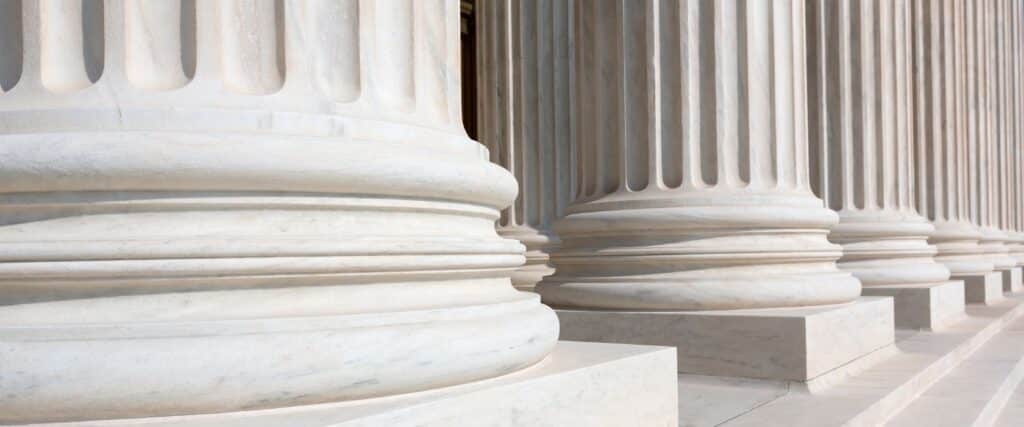Harvard University has made a big change that’s turning heads in the world of higher education. The school is now offering free entry to students from low-income families, making it easier for many to attend one of the most prestigious universities in the world. In the 2025/26 school year, Harvard will make attendance entirely free for students whose families earn less than $100,000 and to waive the cost of tuition for those below the $200,000 threshold.
The expansion will enable approximately 86 percent of U.S. families to qualify for Harvard College’s financial aid, extending the university’s commitment to providing all undergrads the resources they need to enroll and graduate.
This announcement comes in response to policy changes made early in President Trump’s second term that limited diversity programs at U.S. colleges. The move also comes in the wake of last year’s Supreme Court ruling that banned race from being a consideration in the admissions process. These decisions have significant implications for the future of educational institutions and will impact international students worldwide.
Why Harvard Is Offering Free Entry
Harvard recently shared that it will give full financial aid to students whose families earn less than $100,000 per year. This means those students can attend Harvard without paying tuition. The university hopes this change will bring in students from many different backgrounds, making the school more diverse and accessible to everyone.
“Putting Harvard within financial reach for more individuals widens the array of backgrounds, experiences, and perspectives that all of our students encounter,” said Harvard’s president, Alan M. Garber. “By bringing people of outstanding promise together to learn with and from one another, we truly realize the tremendous potential of the University.” he affirmed in a statement to the Harvard Gazette.
This move is a strong answer to recent federal policies that rolled back diversity, equity, and inclusion (DEI) efforts, especially affirmative action. Harvard’s tuition-free entry for eligible families directly challenges these restrictions and shows the school’s commitment to cultivating diversity.
Harvard Free Entry: Not the First Time
Harvard has a history of helping students afford college. The annual income threshold to qualify for free schooling at Harvard has increased from $40,000 in 2004 to $60,000 in 2006, to $85,000 since 2023, according to the university.
Now, that limit has increased to $100,000, which is higher than the average U.S. household income of $80,610 (based on 2023 census data). This means even more students can benefit from Harvard free entry.
However, non-profit media outlet NPR reported research from Yale professor Zachary Bleemer that because less than 1% of four-year college students enroll at an Ivy League school, to begin with, the choice will not have a significant impact on many students.
Trump’s DEI Policy Changes Sparked Action
When Donald Trump started his second term as president, he pushed for changes that weakened DEI policies at universities. His administration argued that programs like affirmative action were unfair. But many colleges, including Harvard, saw these changes as a threat to fairness and inclusion in education.
Harvard’s response was clear: by offering free university entry to more students, it sends a message that diversity matters, no matter what the government says. As The Guardian reports, this is more than a financial decision. It’s a statement about values.
Other Universities Are Following Harvard’s Lead
Harvard’s decision has started a wave of similar changes at schools around the world. Colleges in other countries are now looking at their own policies, thinking about how they can support students from different backgrounds.
In the U.S., over 100 higher education institutions, have expanded their financial aid programs. Many now offer free tuition to students from lower-income families.
Here are some examples:
- University of Pennsylvania: Free tuition for students whose families make under $200,000.
- Massachusetts Institute of Technology (MIT): Similar policy to UPenn, helping middle-income families.
- University of Texas: Covers full tuition for families earning less than $100,000.
- Dartmouth and University of Virginia: Also increased financial aid options in the past year.
At the same time, these changes show a growing trend in higher education: top schools are working harder to make college affordable and inclusive.
What Harvard Free Entry Means for International Students
This move isn’t just good news for students in the U.S. It also opens doors for international students. Harvard’s new policy lowers financial barriers for students from around the world who may not have considered applying before.
Harvard has said it wants to attract talented students from all backgrounds, no matter where they’re from. For many international students, Harvard’s free entry could be a life-changing opportunity to study at one of the world’s best universities without the huge cost.
This change is also shifting how students choose universities. Students are increasingly looking for schools that care about diversity, inclusion, and global access, not just prestige or rankings.
Looking Ahead: Diversity and Policy in Higher Education
Harvard’s new tuition policy sends a powerful message. According to William R. Fitzsimmons, Harvard’s Dean of Admissions, “We know the most talented students come from different socioeconomic backgrounds and experiences, from every state and around the globe.”
As colleges compete for top students, many will have to choose: follow Harvard’s lead by making admissions more inclusive or risk being left behind in a changing global education system.
Even as political leaders change, top universities are showing they are committed to offering equal access to all students. Harvard’s free entry policy is just the beginning of a larger movement to reshape higher education.
Stay ahead of industry trends with insights from master’s students around the world.






